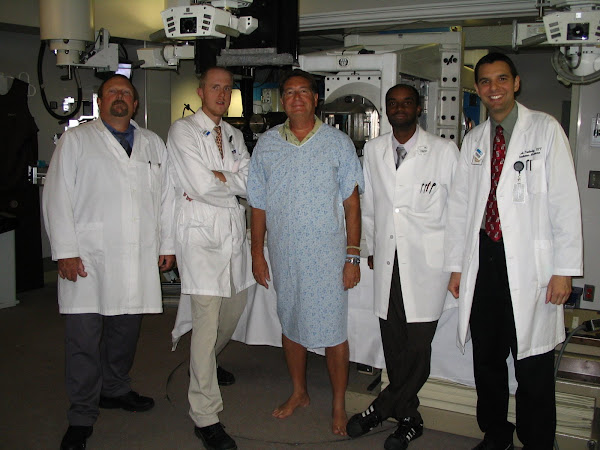- Myth #1 – Prostate cancer1 is common, but few men actually die from it. In fact, prostate cancer is the second leading cause of cancer death among men in the United States and claims almost 30,000 lives in the United States each year.
- Myth #2 – Prostate cancer is only found in elderly men. While it is true that prostate cancer is more common with increasing age2, it can be found in men of all ages. Prostate cancer is increasingly being diagnosed in men in their forties and fifties.
- Myth #3 – If you don’t have any symptoms, then you don’t have prostate cancer. Today, because of the widespread use of the PSA test3 for prostate cancer screening, most men are actually diagnosed4 with prostate cancer before they have had any symptoms. Urinary symptoms5 like hesitancy, frequency, or dribbling are important and could mean a problem with your prostate. However, not having these symptoms does not rule out prostate cancer.
- Myth #4 – A high PSA level means that you have prostate cancer. An elevated PSA (prostate specific antigen) level can be due to many causes6. Prostate cancer is one of these, but it is not the most common cause. Other conditions such as BPH (benign prostatic hyperplasia)7 or prostatitis (inflammation or infection of the prostate) are relatively common and can cause an elevated PSA. Even simple things like riding a bicycle can elevate the PSA.
- Myth #5 – If your PSA is low, then you do not have prostate cancer. A low PSA does not rule out the presence of prostate cancer. While most men with prostate cancer will have elevated PSA levels, many men each year will be diagnosed with prostate cancer who have low or normal PSA levels. The PSA test is not perfect, but it is still the best screening test available for prostate cancer. A prostate biopsy8 is the only way to definitively diagnose prostate cancer.
- Myth #6 – If your PSA is low, then you do not need a DRE (digital rectal examination). As described in Myth #5, a low PSA does not rule out prostate cancer. The DRE is the only way for your doctor9 to physically examine the prostate and is an important test to be coupled with the PSA test. Finding a nodule or irregularity of the prostate gland during a DRE is often the first step toward catching a prostate cancer in its early stages.
- Myth #7 – Prostate cancer rates in the United States are climbing quickly. Prostate cancer rates have remained basically steady over the past decade in the United States.
- Myth #8 – Vasectomies cause prostate cancer. Numerous studies have shown no increased risk of prostate cancer in men who have undergone vasectomy10.
- Myth #9 – Treatment for prostate cancer always causes impotence or incontinence. While erectile dysfunction and urinary incontinence are possibilities following surgery or radiation therapy for prostate cancer, it is not true that all men experience these complications. Additionally, numerous therapies and aids can improve erectile function and limit incontinence following treatment.
- Myth #10 – You can pass your cancer to others. Prostate cancer is not infectious or communicable. This means that there is no way for you to “pass it on” to someone else.
Updated February 23, 2009
Source:
Bernal-Delgado E; Latour-Perez J; Pradas-Arnal F; et al. The association between vasectomy and prostate cancer: a systematic review of the literature. Fertil Steril. 1998 Aug;70(2):191-200.
30 Proton Centers in U.S.
-
The National Association for Proton Therapy recently announced there are
now 30 proton centers in the U.S. It took 25 years for the first 15 proton
cente...
6 years ago












